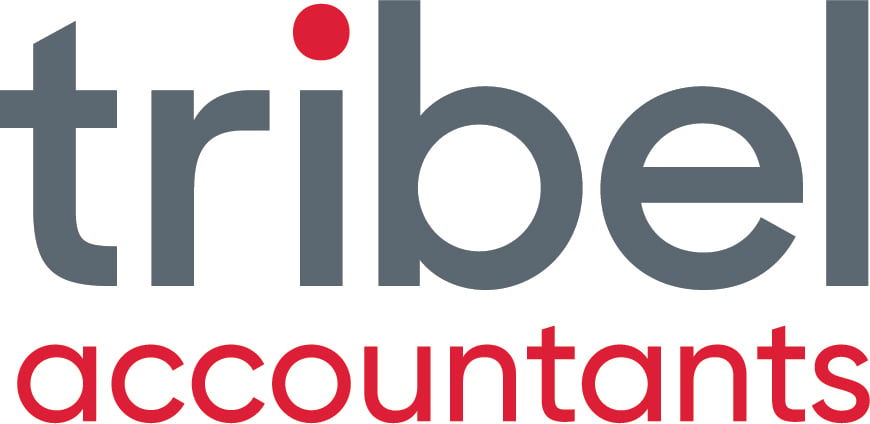INTRODUCTION:
It's tax planning time so small business accountants everywhere should be drafting trustee distribution resolutions ensuring the minimum amount of tax is being paid.

Figure 1: Is this your current scenario?
One such strategy is to distribute monies to a corporate beneficiary or a 'bucket company' as it is sometimes known to limit tax to 30% instead of to an individual beneficiary whereas as much 49% can be paid. There are however, a few 'hurdles' with this strategy namely:
- The trust eventually needs to put the monies physically into the company (cash flow can be an issue - you should consult your small business accountant and work through it via a three way budget/cash flow forecast);
- Whilst the tax is limited to 30% in the company, when an individual wants to get their hands on the money in the company, depending on their taxable income prior to the dividend, they may end up paying 45% plus Medicare and Budget Repair Levy so even after franking credits how much have they really saved anyway in tax in the long run?;and
- If the monies invested in the company make a capital gain, if the assets have been held for at least 12 months, the company does not get the 50% discount as an individual generally does so again when the net gain is accessed out of the company, more tax is payable than if the asset had been held by the individual.
What to do then? Is it possible to have your cake and eat it too?

Figure 1: Capture more tax savings in that bucket when using a corporate beneficiary with your discretionary family trust!
Scolari Comerford Chartered Accountants Sydney & Dubbo
1: Benefits of A Corporate Beneficiary
A corporate beneficiary can:
- provide asset protection;
- limit tax to 30% in an income year on trust distributions (down from as high as 49%);and
- limit tax to 30% on earnings it makes from the assets it has invested in.

Figure 2: Using a "bucket company" to minimise tax to 30% on trust earnings but note tax when company earnings are accessed via a dividend assuming top marginal rate. Monies accessed when on a low tax rate will be better.
2: Disadvantages of A Corporate Beneficiary
Problems with a corporate beneficiary can include:
- tax not necessarily limited to 30% once the individuals get access to the funds via dividends;
- if the shares of the corporate beneficiary are owned by the individual there is no flexibility in tax distribution and not great for asset protection in the event the individual gets sued as the shares will have value to the net assets of the company;
- the company does not get a 50% discount on capital gains made where assets are held for at least 12 months;and
- some banks will charge more for loans if the company decides to borrow to buy assets (real estate, shares etc) compared to individuals (depending on your relationship with your bank manager).

Figure 3: There are many ways to get around a hurdle usually.
3: Possible Solution
Despite these issues, there may still be significant savings. One potential solution is:
- Set up the corporate beneficiary and have a new investment family trust own the shares. This will allow better asset protection and provide flexibility to tax distributions of any dividends (better to distribute to those on lower tax brackets in the year of distribution due to losses, higher deductions, and reduction in income (retired, sale of business, minors in family turning 18 years old etc);
- Put the monies distributed from the trading trust (usually the business vehicle) into the company's bank account;
- Enter into a complying Division 7A loan agreement (your accountant should know about this) and lend monies to the individuals who can then invest in shares and real estate or other capital appreciating assets;
- The interest charged to the individuals will be taxed to the company at 30% but they (individuals) will get a tax deduction for the interest paid to the company. In the initial years it is likely that no tax will then be paid on earnings by the individuals due to the interest wiping out the revenue (rent/dividends);
- Get the asset bought secured back to the company (in terms with Division 7A) so that the loan is secured meaning better asset protection and the repayment amounts will be lower than 7 years (unsecured). This documentation should be prepared by a qualified solicitor; and
- On sale of the asset by the individuals, if the asset has been held for at least 12 months, generally 50% of the capital gain will be tax free.
Ensure that your trust deed allows you to distribute to a corporate beneficiary and that the Division 7A loan agreement is set up correctly and adhered to or significant tax penalties can result.
Now if you have substantial distributions that would normally be subject to 49%, the above strategy may just save you hundreds of thousands of dollars in tax over a short term and you should have better asset protection. How do I know this? Well I have worked out the numbers for many of my clients. Not only are the distributions taxed at lower rates but so too the earnings from the investments as is the capital gains tax (CGT).

Figure 4: This strategy helps you to get access to the 50% discount tax free. Dividends may need to be taken to meet minimum Division 7A repayments but these can be done over time so that tax at individual rates is minimised as much as possible.
4: Land Tax
Whilst a company may get the land tax threshold where it is owned by individuals in NSW, if the company is owned by a family trust, the threshold may be denied. The above strategy helps get around this problem unless of course the individuals have already used up their threshold with other real estate purchases.
5: Capital Gains Tax Savings
Buy using the above strategy, not only can there be savings on the 50% discount but in some cases where the asset is regarded as an active asset (and used by the business), it maybe easier to access the small business capital gains tax concessions so that no capital gains tax is paid at all!
CONCLUSION:
I often see businesses and individuals with trusts who either can use corporate beneficiaries but don't because of complexities and the fact they can't get access to the 50% discount or who do use them but have not considered the above option via a Division 7A scenario.
This won't be for everyone and there can be more running costs. Costs versus benefits need to analysed. It's also crucial that to get the significant tax savings that you follow the laws very carefully with loans and trust distributions or significant penalties can result.
If you would like us to examine the potential for such an option to save tax and get better asset protection, please do not hesitate to contact us immediately.
This advice is general in nature and should not be acted upon without considering specific circumstances. Reliance on the above should not be undertaken until advice has been sought from a licenced taxation advisor.


.png?width=100&height=100&name=COVID_Safe_Badge_Digital%20(002).png)




